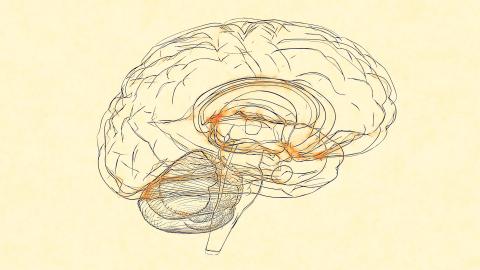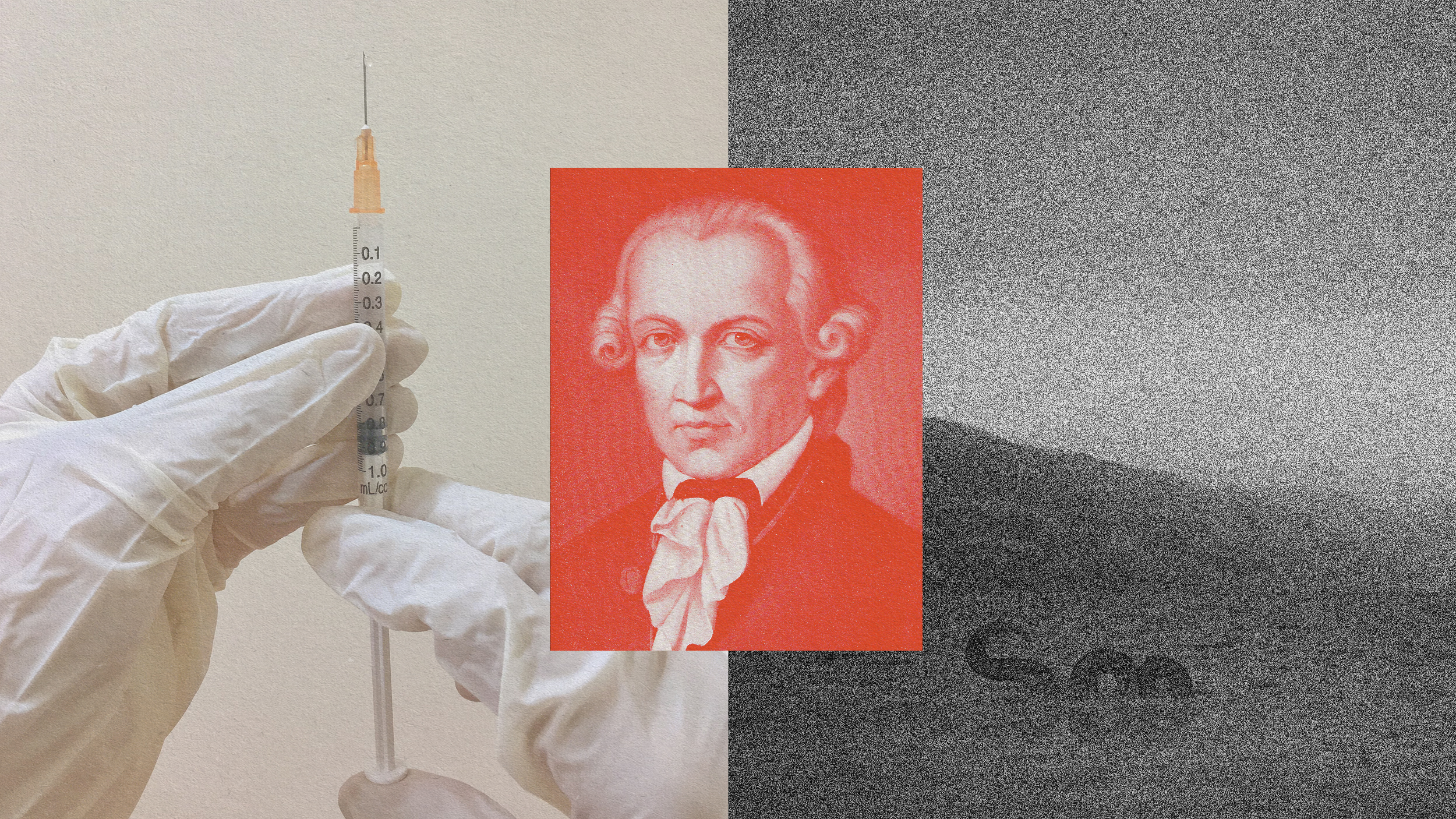With Infrared Light, Scientists Grow a New Brain

What’s the Latest Development?
Using a non-invasive infrared laser, scientists at the University of Texas Arlington have found a way to control the growth of neurons and neuron circuits, essentially learning to rewire the brain, or even create a new one. “This ‘neuronal beacon’ process generates localized heat, causing the axon [the appendage of a neuron that transmits impulses away from the cell body] to change its growth direction in about 10 minutes. He found that axons can sense surprisingly low temperature rises (gradients) of less than 0.1 degrees C generated locally with a near-infrared laser.”
What’s the Big Idea?
Being able to guide the growth of neurons in the brain has a host of applications in the fields of medical science, computing and artificial intelligence. UT Arlington assistant professor of physics Samarendra Mohanty, who led the experiment, listed among the potential applications: “Building highly precise 3D neural circuits in-vitro as a model for future supercomputers using neuromorphic chips (or even using the neurons themselves in an artificially grown biological computer) [and] repairing damaged neurons in the peripheral nervous system by rewiring around lesions (for patients with spinal-cord injuries, for example).”
Photo credit: Shutterstock.com





